I Censor, Therefore I Exist

HAVANA TIMES – The cultural policy of the Revolution (that vertical handful of documents, speeches and laws) is clear on the subject of freedom of content in artistic expression. Fidel Castro said in 1961: “We will always appreciate your creation through the revolutionary prism and glass.”
On that edict a path was carved out in which censorship has been the guiding light. Films, documentaries, novels, short stories, filmmakers, writers, painters have been buried under the false discourse of the Revolution’s right to defend itself… In short, Cuba’s plural cultural history has been buried to build another state regimented one (that it is homogeneous and that it has nothing to criticize or say about the government, always with a few exceptions to paint the appearance).
In 1963, Mirta Aguirre wrote: “the ideological formation of artists must be taken care of, but the greatest concern must be that of the theater artists and writers.” The macabre reproduction of Aguirre’s words flooded and still floods Cuban culture and arts today. This is demonstrated by the recent events surrounding the documentary La Habana de Fito, by Juan Pin Vilar.
Not only was the exhibition of an audiovisual prohibited at the headquarters of the El Ciervo Encantado theater group, but the authorities decided to vilify it and denigrate its filmmakers by projecting a non-definitive version on national television. Projection that was accompanied by comments from “specialists” to make the public understand the “historical manipulations” of the work.
The history of censorship in Cuba, especially in the arts, is a key part of the structure that promotes it.
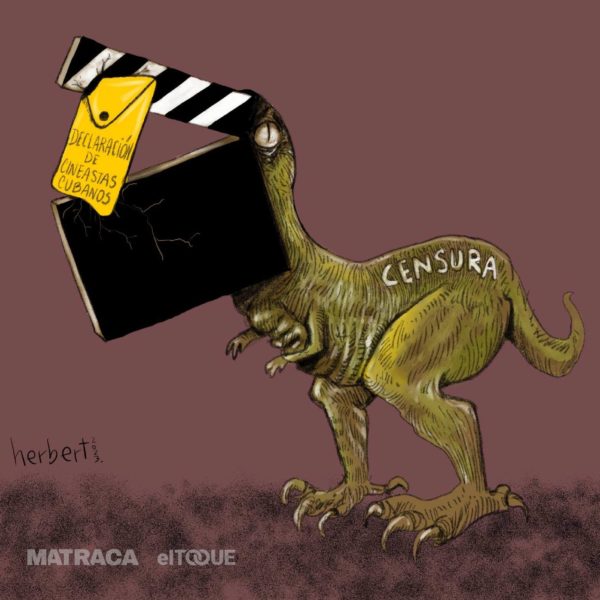
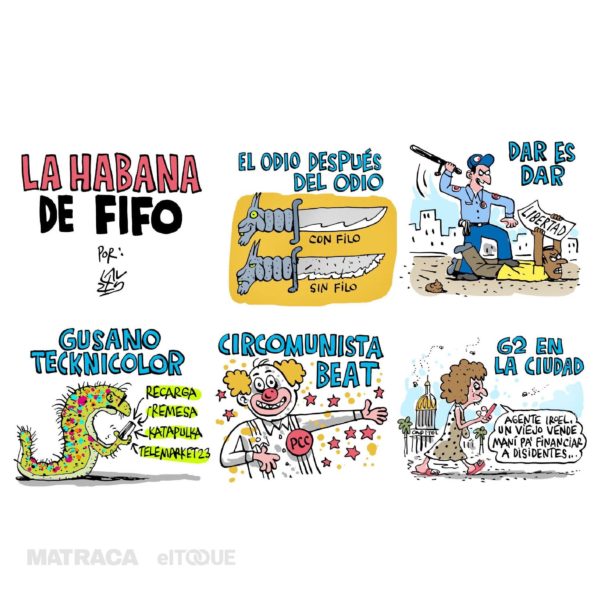
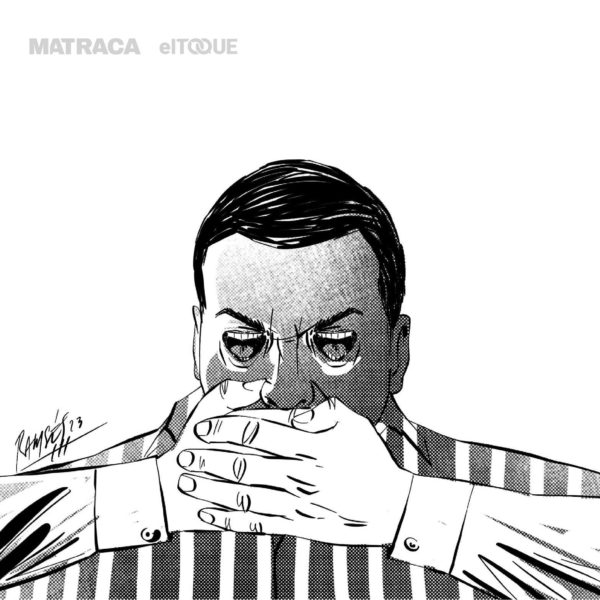

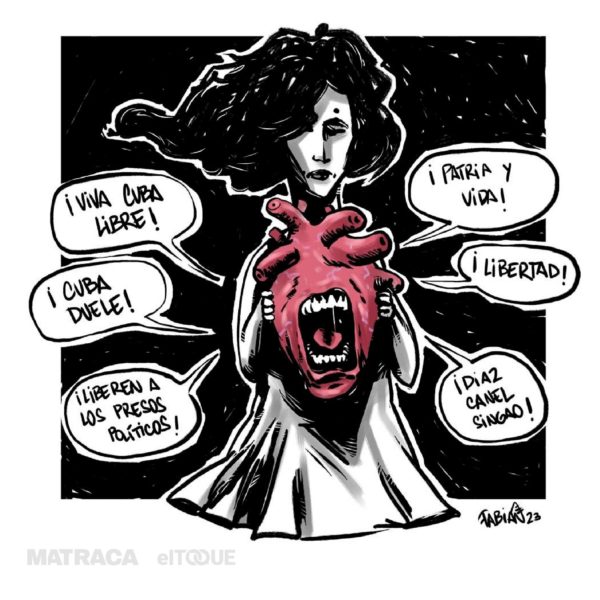
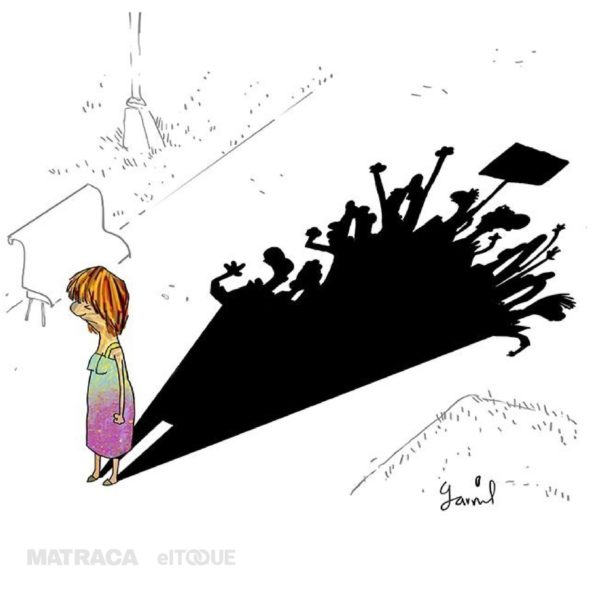







What a high-class way to say that the government only wants you to create what they want you to create!